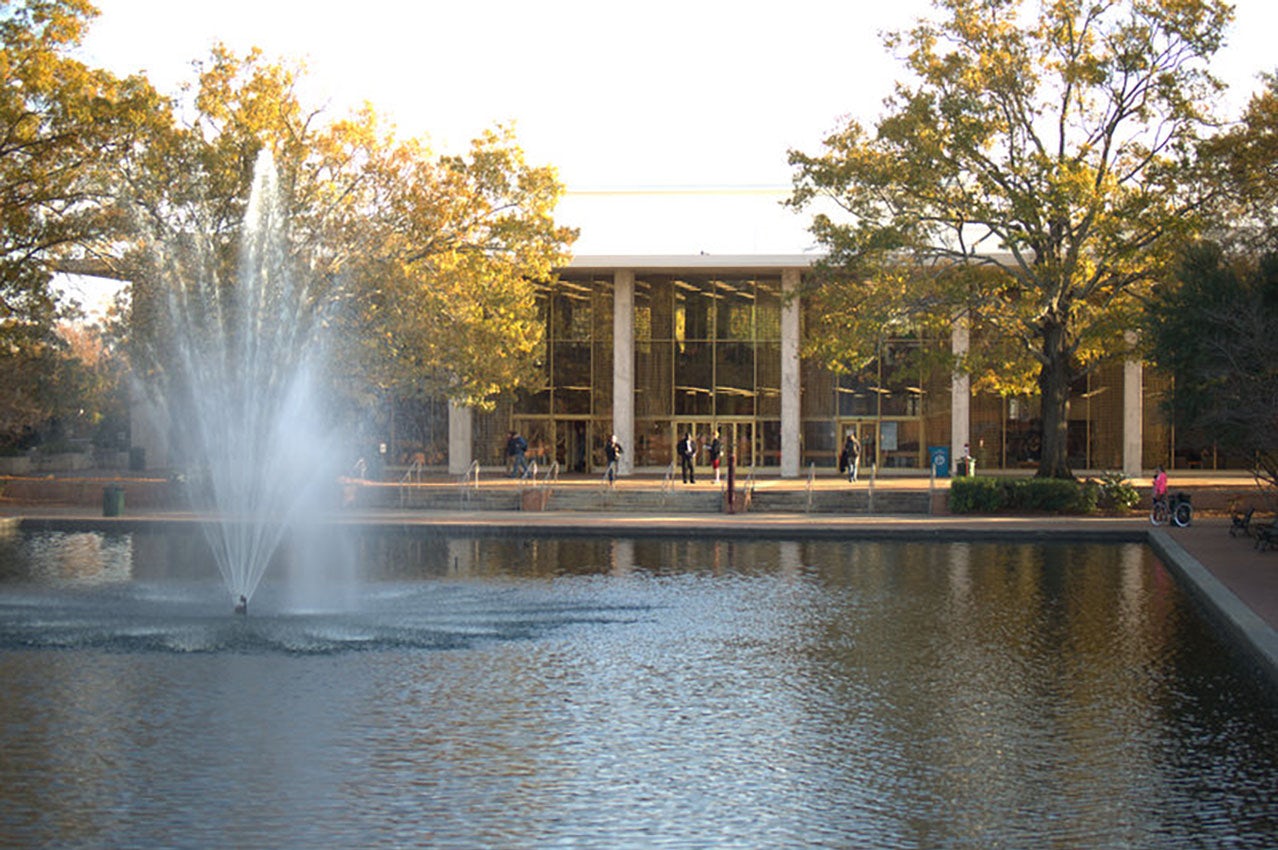VMDO recently attended Library Journal’s Fall Design Institute in Charleston, South Carolina. Paired with the University of South Carolina, we worked collaboratively before the conference, and fielded feedback from participants during the conference, on potential design solutions for a reorganized service point for the Thomas Cooper Library. The conference allowed designers to experience first-hand the very real challenges that public and academic libraries are facing.
Library Journal is an important contributor to the discussion about trends in the academic library world. Their reporting on pressing library issues and their support of substantive dialogue about the future of the library are key components in the rich mix of resources available to those of us with a passion for library design. Given VMDO’s recent library experience and our commitment to improving on it, we agreed to participate in a forum on the future of the library at LJ’s Design Institute held in Charleston, South Carolina on October 20th. The Institute brought together architects, librarians, and administrators from across the country to discuss changes to the ways libraries are being funded, staffed, and used in communities around the world.
One unique aspect of the Institute that sets it apart from most other conferences is the opportunity for designers to work with institutions before the event begins on potential design solutions to real issues being experienced by an institution and its community. This novel approach to structuring a conference created a unique chance for architects to get acquainted with library professionals on the front lines of change and allowed designers to learn first-hand about the very real challenges that public and academic libraries are facing. VMDO was fortunate to have been paired with the Thomas Cooper Library at the University of South Carolina (USC) and worked with Beki Gettys, USC’s Associate Dean of Libraries and Sharon Verba, the Head of Reference at Thomas Cooper. In conjunction with USC’s Building Task Force, VMDO decided to focus its efforts on understanding how the existing approach to service at the entry to Thomas Cooper Library could be improved to address changes in the way the building is being used by today’s students.
As the VMDO/USC team developed ideas collaboratively about how to analyze the current conditions and worked together to propose alternatives, the team also began planning a breakout session for the Design Institute that invited participants of the conference to help build a solution. The hope was that, by activating the skills and expertise of the broad array of library professionals in attendance, we’d gain a vast amount of information about service. The more perspectives shared and recommendations gathered the better the likelihood we might discover the right answer to USC’s challenge. Similarly, participants would hopefully return to their own libraries with a fresh take on how service is provided and might choose to make use of lessons learned in their own unique way.

